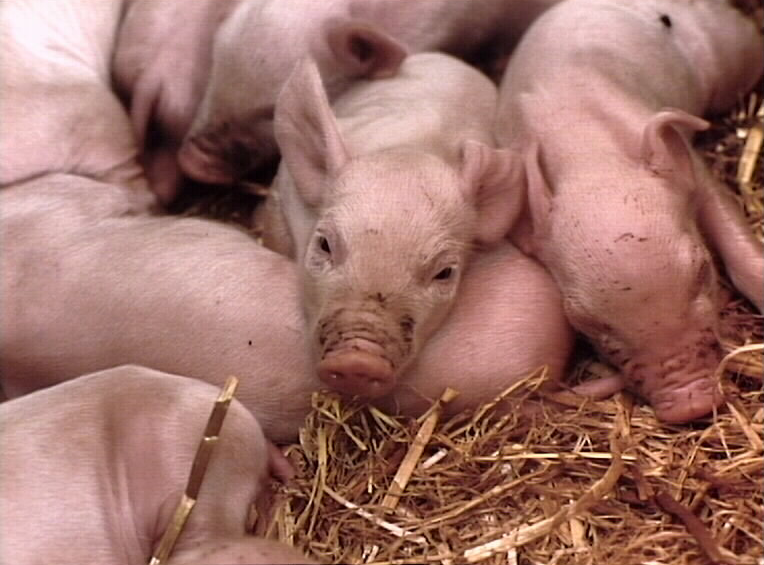PEDv can survive in lagoons, study shows

Porcine Epidemic Diarrhoea virus (PEDv) can survive over nine months in infected lagoons, according to Canadian researchers.
This was presented at the Joint Annual Meeting for the American Society of Animal Scientists and American Dairy Science Association. This event was held earlier this month in Orlando, FL, United States.
Two PEDv positive farms in Manitoba
The researchers reported on their research, going to two PEDv positive farms in Manitoba, Canada. In their abstract, they describe how the first was infected 20 weeks before the study, and the second was identified during the farm study. They collected lagoon samples over a seven-week period in autumn last year where active viral shedding was present (lagoon 2) or was not present (lagoon 1).
For lagoon 2, spring sampling was conducted in mid-May. Survivability of PEDv was tested for virulent PEDv (subgroup 2a) and the 2014 variant. In total, 99.5% of lagoon samples collected in the fall were positive for virulent PEDv, whereas all samples tested negative for the 2014 variant.
PEDv survival exceeding 27 weeks
The researchers report that the PEDv survival in the lagoons exceeded 27 weeks within lagoon 1, and viral load significantly increased over time.
They reported that the viral load was high in the initial weeks within the top and middle layers, but the reverse trend was observed in subsequent weeks with the highest levels detected within the bottom layer.
The viral load within lagoon 2 was significantly higher due to active shedding during week 1 of sampling but decreased in subsequent weeks. The virus infectivity was based on viral replication in Vero cells, showing 15% of samples were infective.
Infective at the last week of autumn
In both lagoons, the virus was infective at the last week of autumn sampling with higher infectivity in the middle layer of lagoon 1, and in the bottom layer of lagoon 2. In total, 87.5% of lagoon 2 samples were still positive for PEDv in the spring, nine months after the outbreak, but only 28% were infective. They concluded that the data show the presence and infectivity of PEDv exceeding nine months in infected lagoons.
The research was carried out by Hein M. Tun (University of Manitoba); John P. Carney (Manitoba Livestock Manure Management Initiative), Mark Fynn (Manitoba Pork Council), Lorne Grieger (Prairie Agricultural Machinery Institute, MB), and Ehsan Khafipour (University of Manitoba).











